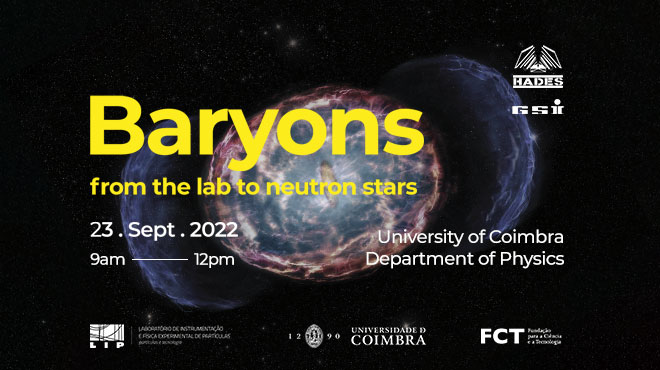The High Acceptance Di-Electron Spectrometer (HADES) [1] installed at GSI is a versatile detector, which was originally designed to study medium effects in e+ e− production in heavy-ion reactions in the SIS-18 energy range (1-2 GeV/nucleon). Its excellent particle identification capabilities allowed for a systematic investigation of dielectron, strange particles and pion production in proton, deuteron or heavy-ion induced reactions on proton or nucleus. The obtained dilepton spectra measured at various beam energies show important contributions from baryon resonance decays (R → N e+e− ) and a strong influence of the intermediate vector mesons (ρ/ω/φ) in the corresponding time-like electromagnetic form factors [2, 3].
In order to directly access such transitions, HADES has started a dedicated pion-nucleon program using the pion beam line at GSI [4]. For the first time, combined measurements of hadronic and dielectron final states have been performed in π-N reactions in the second resonance region, using polyethylene and carbon targets [5, 6]. While providing new determinations of the baryon-meson couplings, the data allow to investigate the helicity structure of the time like electromagnetic baryon transitions. These results will be presented, together with their confrontation to various versions of the Vector Dominance Model for baryon transitions and to quark-constituent model calculations of time-like electromagnetic transition form factors, emphasizing the role of meson cloud contributions in this kinematical region. Very recently, the proton-proton reaction at 4.5 GeV was measured by the HADES collaboration in an experiment, using the upgraded HADES detector within the FAIR-Phase0 programme [7]. Prospects for baryon electromagnetic transitions studies in the hyperon sector will therefore also be shortly discussed.
References
[1] G. Agakishiev et al. [HADES], Eur. Phys. J. A 41 (2009), 243-277.
[2] J. Adamczewski-Musch et al. [HADES], Phys. Rev. C 95 (2017) no.6, 065205.
[3] G. Agakishiev et al. [HADES] Eur. Phys. J. A 50 (2014), 82.
[4] J. Adamczewski-Musch et al. [HADES], Eur. Phys. J. A53 (2017) 188.
[5] J. Adamczewski-Musch et al. [HADES], Phys. Rev. C 102 (2020) no.2, 024001.
[6] R. Abou Yassine et al. [HADES], arXiv:2205.15914 [nucl-ex].

